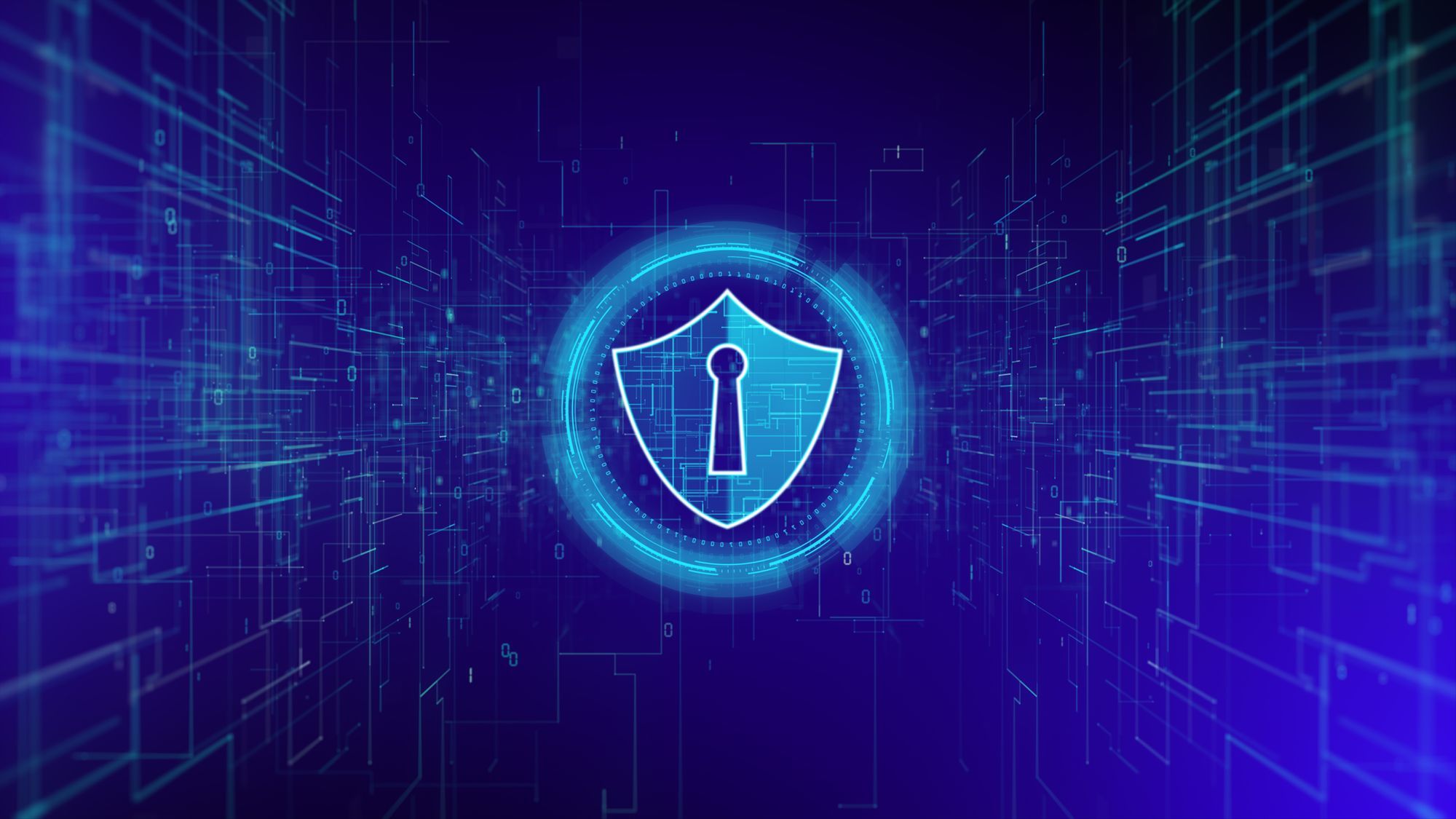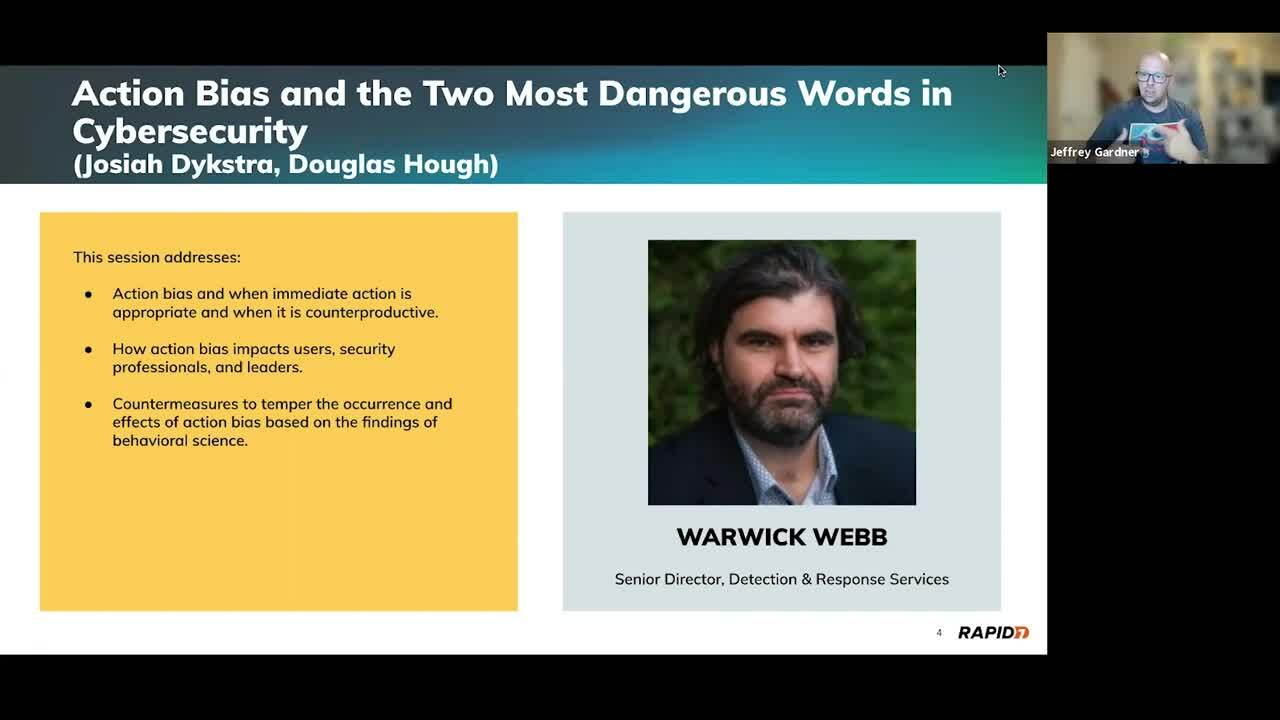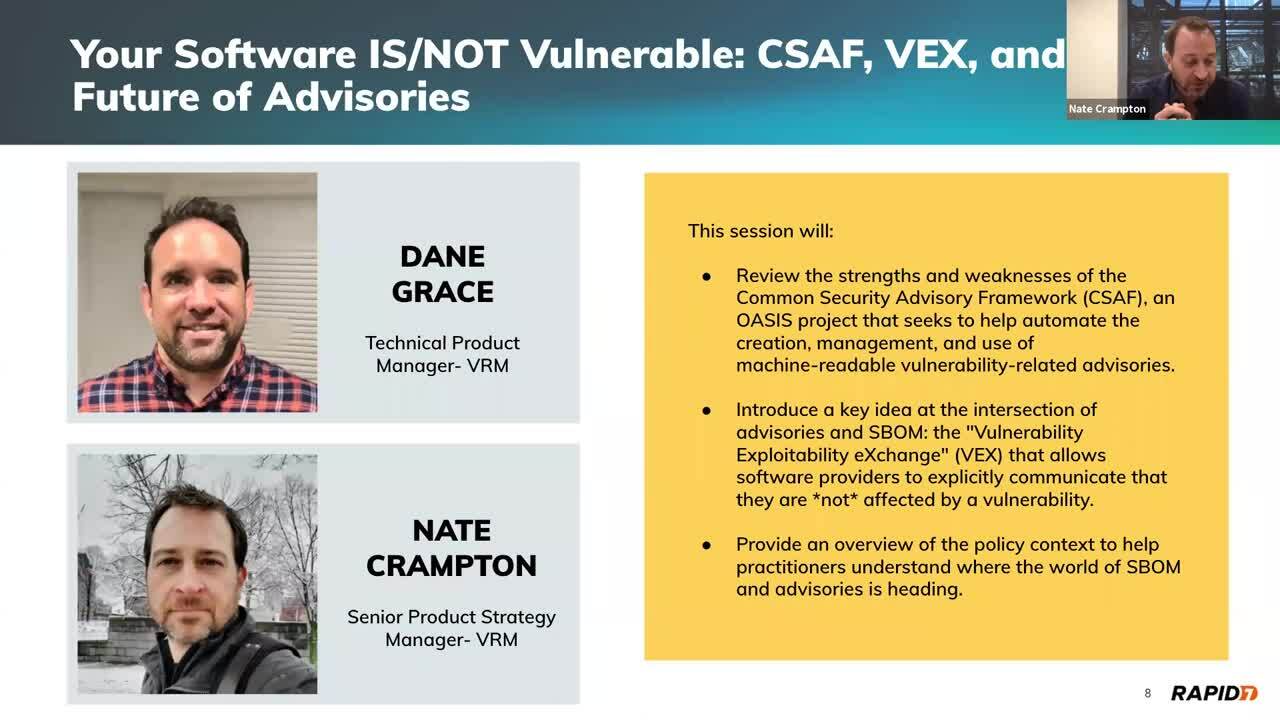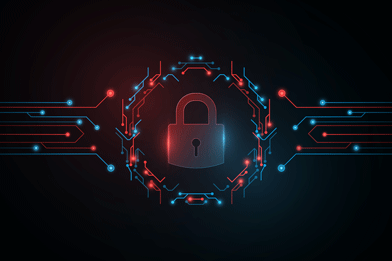Post Syndicated from Aaron Wells original https://blog.rapid7.com/2022/05/03/mdr-medr-socaas-which-is-right-for-you/
Getting the most from managed services

Even if a security team was given a blank check to spend whatever they wanted and hire however they wanted, it would still be a massive effort to build a detection and response (D&R) program tailored to that organization’s specific needs. Thankfully, the plethora of managed services options available can help with that problem.
But with multiple types of managed services providers out there, how do you know which type of services are right for your organization? How can you effectively interview providers, attempt to then construct a D&R suite with the right vendor, and simultaneously continue to fortify your security program against threats?
For an organization beginning the search for a managed services partner that can actually add value, there is some starter legwork that can be done. There are many approaches to managed services providers along the D&R vein, such as:
- Managed Detection and Response (MDR)
- Managed Endpoint Detection and Response (MEDR)
- Managed Security Service Provider (MSSP)
That last one, MSSP, is a blanket term for a provider that can assist with many specialized services like outsourced Security Operations Center-as-a-service (SOCaaS), MDR, or management of security tools such as a security information and event management (SIEM), firewalls, vulnerability risk management, and more. Knowing all this, while looking for the right managed service it’s simply a fact that you’re going to talk to a lot of vendors. Each one of them can say they’ll help you boost security defenses – they’ll say they have great people, they use the best technology, and they have a process to ensure your success.
The challenge? Every vendor’s marketing material will begin to sound the same. What it really comes down to is determining which provider’s strategy is best suited for your program’s needs. Let’s take a closer look at these three types of managed services to help you decide the best fit for your organization.
MDR
An MDR provider works with a customer to gain visibility and complete coverage across the customer’s entire environment. This helps a security practitioner better see when and where malicious-looking activity may be taking place.
MDR providers help solve operational challenges by instantly becoming an extension of their customers’ teams – providing headcount and extending coverage to 24x7x365. An MDR partner can also provide expertise and technologies to help find attacker behavior quickly and stop it before it becomes a wider issue.
More and more companies are becoming the focus of targeted attacks – specific aggressions designed to infiltrate an individual organization’s defenses. An MDR provider becomes a partner in helping to identify a targeted threat (read: reputational threat), repair affected systems, and focus efforts into both taking down the threat and providing recommendations for making the affected system more secure in the future.
There are a lot of MDR providers that go beyond “throwing alerts over the fence” to let clients parse and triage themselves. These days more MDR providers are finding it worth their while – and their bottom lines – to become a more strategic partner to security organizations. They help further security initiatives, build cyber resilience, and work with clients to get deeper visibility in their threat landscapes by:
- Providing post-incident investigational insights
- Weeding out benign events and only reporting true positive threats
- Providing tailored remediation and mitigation recommendations
The role of XDR
More recently, managed services providers (including Rapid7) have integrated extended detection and response (XDR) into their overarching MDR solutions. This creates a more powerful and proactive D&R process by:
- Recognizing there is no perimeter for data as it’s rushing back and forth from endpoints to clouds and beyond
- Relieving security teams of steep analytical analysis so more of the focus is on threat hunting, as parsing alerts is automatically incorporated into threat intelligence
- Curating high-fidelity detections and actionable telemetry to create efficient responses
These are all great benefits in extending what is possible with D&R and being proactive about extinguishing threats. However, MDR providers incorporating XDR into their approaches can’t simply add the letter “X” into the list of services and call it a day. XDR must help the organization actually gain control and visibility across its entire attack surface, from the nearest endpoint(s) to compromised user accounts, network traffic, cloud sources, and more.
When folded into a cohesive strategy that places emphasis on more proactive efforts, products like InsightIDR can be that solution that takes in telemetry from these disparate sources, correlates the data, and provides greater context to a potential threat.
MEDR
MEDR is a flavor of MDR that’s aligned more as an add-on management service that sits on top of endpoint-protection technology deployment. While MEDR does provide benefits like gaining visibility across wherever agents are set up, the EDR-centric approach won’t show the full story of a threat and its scope; an agent will simply tell the service provider what it gathers from the endpoint.
Many breaches, however, do begin at the endpoint. Why? Attackers can easily bypass firewalls and all sorts of implemented security controls by compromising just one endpoint, such as a user’s laptop. From there, they can move throughout a network, scooping up valuable internal/external data and quickly ruining a company’s reputation in the process. Even if they’re quickly found, what have they gotten away with?
Thus, focusing on endpoints is important. That’s simply an indisputable fact. EDR-based services are powerful tools within a managed services program. They provide advantages like:
- Prevention aspects with integrated endpoint prevention platform (EPP) agent capabilities, such as Antivirus (NGAV) and stopping malicious file execution
- Detecting compromised endpoints earlier in the attack chain
- File integrity monitoring (FIM) capabilities so your team is alerted on changes to specific files on a given endpoint (if you’re monitoring for yourself)
Focusing only on endpoints, however, does miss key network- and cloud-spanning analysis that can deliver important telemetry in the fight against potential threats. MEDR typically lacks the ability to analyze network-spanning data, user analytics, and compliance behaviors, glean actionable insights, and use them to effectively respond to an incident. So the downside comes with the engagement model. Some MEDR players will rely on the tech to do most of the heavy lifting. Prevention is there to stop the threat early.
But if the attacker gets past this point, the managed services provider might take automated actions to handle alerts using the EDR tool or, worse, pass that alert on to their client for them to manage the investigation and response efforts. (And if you think that automated EDR actions are great, you’re encouraged to read about the risks associated with taking automated response actions without human intervention.)
SOCaaS
SOCaaS. That’s a heavy acronym. But the concept of “security operations center-as-a-service” is trying to fill a heavy need of any modern company: the implementation and management of a strong and sound cybersecurity program. Any MSSP who offers a holistic SOCaaS option should be able to provide the bottom-line benefit of enabling security practitioners to focus time and energy on innovations in other parts of the business.
A team of experts who can proactively defend, respond to threats, and provide (hopefully) round-the-clock support on behalf of a customer is probably the closest definition to SOCaaS that’s been bandied about in recent years. They can be a virtual SOC for a company, serving as a tactical console to enable team members to perform day-to-day tasks. They’ll also help teams strategize amidst bigger, longer-term security trends. So, in what ways can SOCaaS providers act as that strategic detection-and-response center for security teams?
- Advanced SIEM functionality – In the midst of potentially billions of security events each day, a SIEM can help to prioritize the ones that truly deserve follow-up. A good SOCaaS provider will contextualize a proper response plan by taking into account user- and attacker-behavior analytics, performance metrics, incident response, and endpoint detection.
- The human element – In the incredibly competitive marketplace for today’s security talent, it can be a daunting task for company leadership to source, develop, and retain an entire SOC of capable personnel. This is particularly true in efforts to maintain diversity in cybersecurity hiring. For example, Forrester says that women currently make up just 24% of security professionals worldwide.
- Established processes – It typically takes nothing less than an extremely sophisticated process framework – established over a long period of time and testing – to be able to accurately identify, prioritize, and remediate a potential threat. It can be an incredible benefit to a business to forgo having to build out their own SOC with key personnel that – even when assembled – must take the necessary trial-and-error time to be able to work together efficiently and respond to threats effectively.
- D&R expertise – If the goal of engaging SOCaaS is not to augment an existing D&R program, then vetting the provider for their expertise in that area is incredibly important. It really comes down to what you’re looking to achieve; as mentioned above, a modern MDR provider will leverage multiple sources of telemetry to detect and respond to threats. But when fully outsourcing a SOC, it’s incumbent upon security personnel representing the customer to figure out how D&R expertise figures into the larger picture of outsourced SOC operations at the vendor organization.
- Communications – Beyond anything at all to do with technology and security, a SOCaaS provider must have great communication skills. How will the provider present information – especially about a potentially dire threat that could affect the company, its reputation, and its bottom line – to their client’s customer and executive team? Is there a dedicated point-of-contact (POC) or a team with whom you’ll be regularly working and interfacing?
If this is looking like a menu from which security teams looking for managed services can choose, that’s because it is. However, in this context we’re discussing SOCaaS as a fully outsourced arm of a business. For whatever reason – the need for speed/growth in other parts of the business, lack of recruitment power for talented security practitioners, etc. – a business may simply wish to staff a security “skeleton crew” who interfaces with the SOCaaS provider and relies on that provider to run, monitor, manage, and support all of the functionalities.
Bottom line: Choose the managed security services partner that best fits your needs
If your security organization is considering a managed services provider, that means your team is most likely looking to offload tedious and/or technical operational tasks that your existing security team simply doesn’t have the hours in a day to manage. Or you might need some augmentation and expertise to help with round-the-clock coverage. It also means you’re ready to find a partner to provide deep analysis and actionable insights so you can find out:
- What is going on, and…
- Is it something the company should worry about?
After that, your specialized provider should be able to make recommendations on how to respond – or, better yet, take those actions on your behalf. Because at the end of the day, it all depends on the outcome(s) you’re looking to achieve. Turnkey D&R services while your team focuses on other important things? Simple endpoint monitoring from a traditional MSSP? Or, are you looking to farm out your SOC operations and let someone else deal with all things security, not just some things security?
For those looking for that more comprehensive solution targeted at strictly strengthening the D&R muscle, leveraging an MDR provider with XDR capabilities is the way to go.
It’s going to take some budget, sure. But most of the time that same budget is earmarked for a similar cost as one of an open headcount (depending on the size of the environment). The capital expenditure (CapEx) cost is relative – and oftentimes far more affordable – when compared to the ongoing operating expenses (OpEx) outlay it takes to hire, train, and build an in-house SOC program. Whichever outcome your team is focused on, managed services as a whole is an affordable way to help build a D&R program at scale.
Looking for even more analysis to help you make an informed managed services decision? Check out the 2022 MDR Buyer’s Guide from Rapid7, or contact us for more info.
Additional reading:
NEVER MISS A BLOG
Get the latest stories, expertise, and news about security today.
Subscribe






















